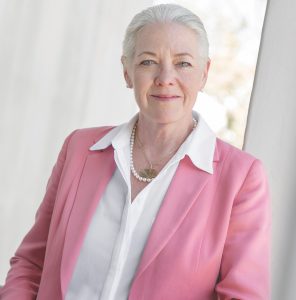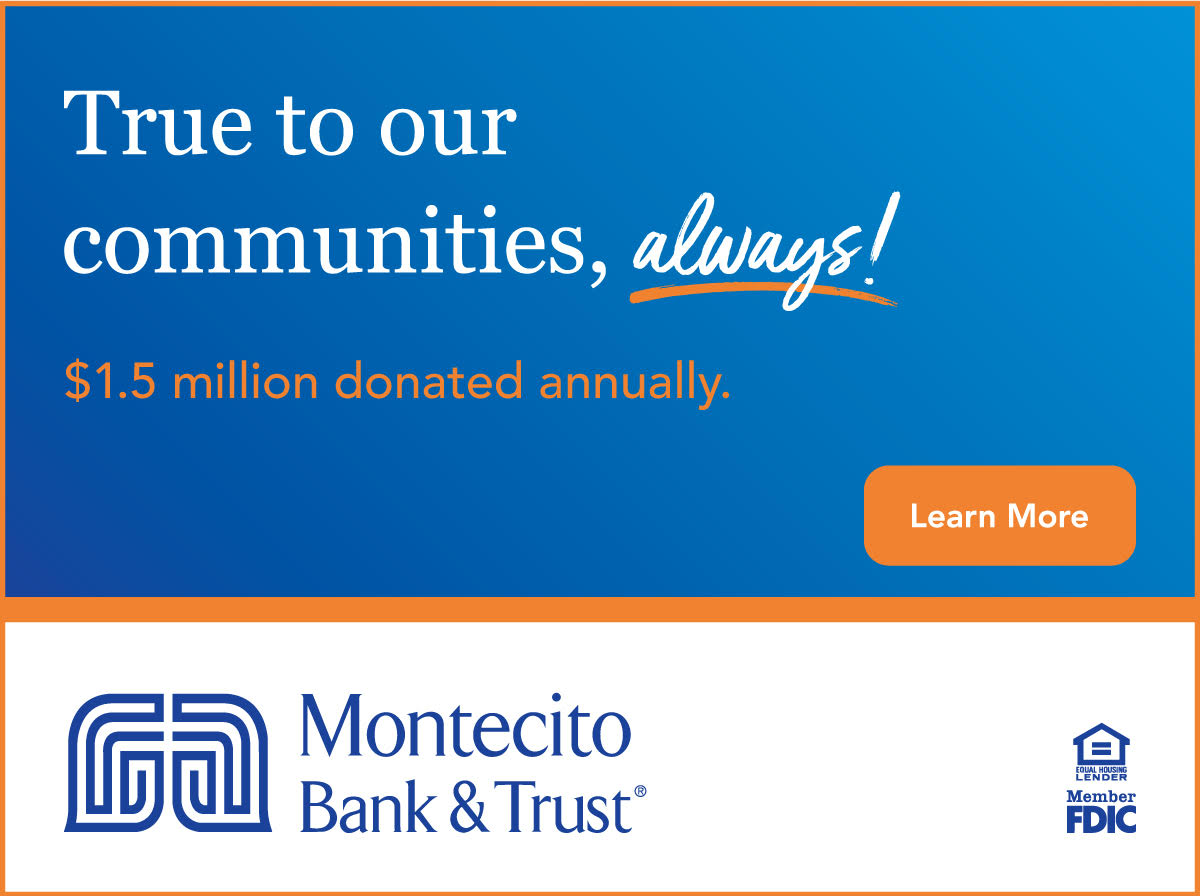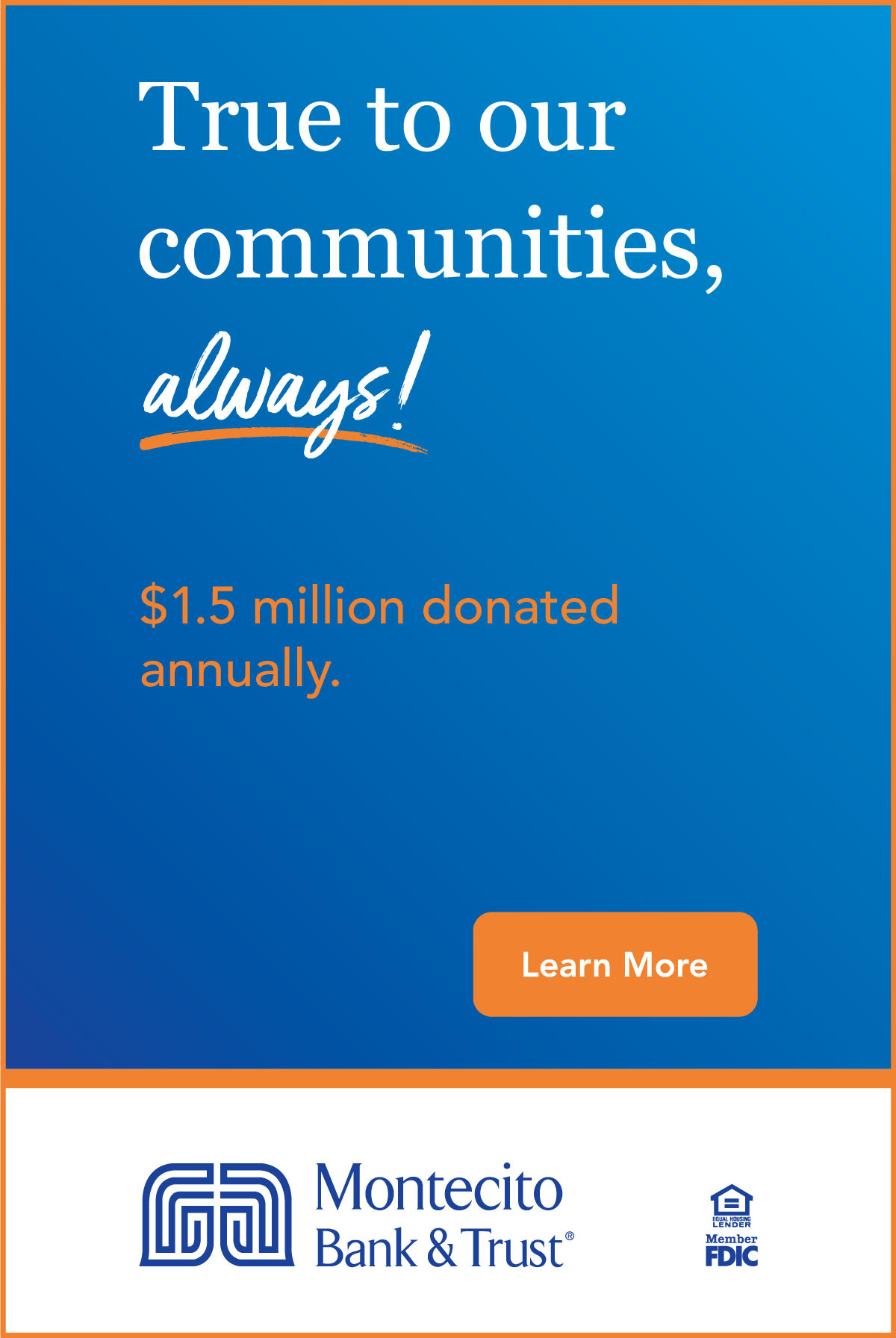Confronting Crises When They Hit Home
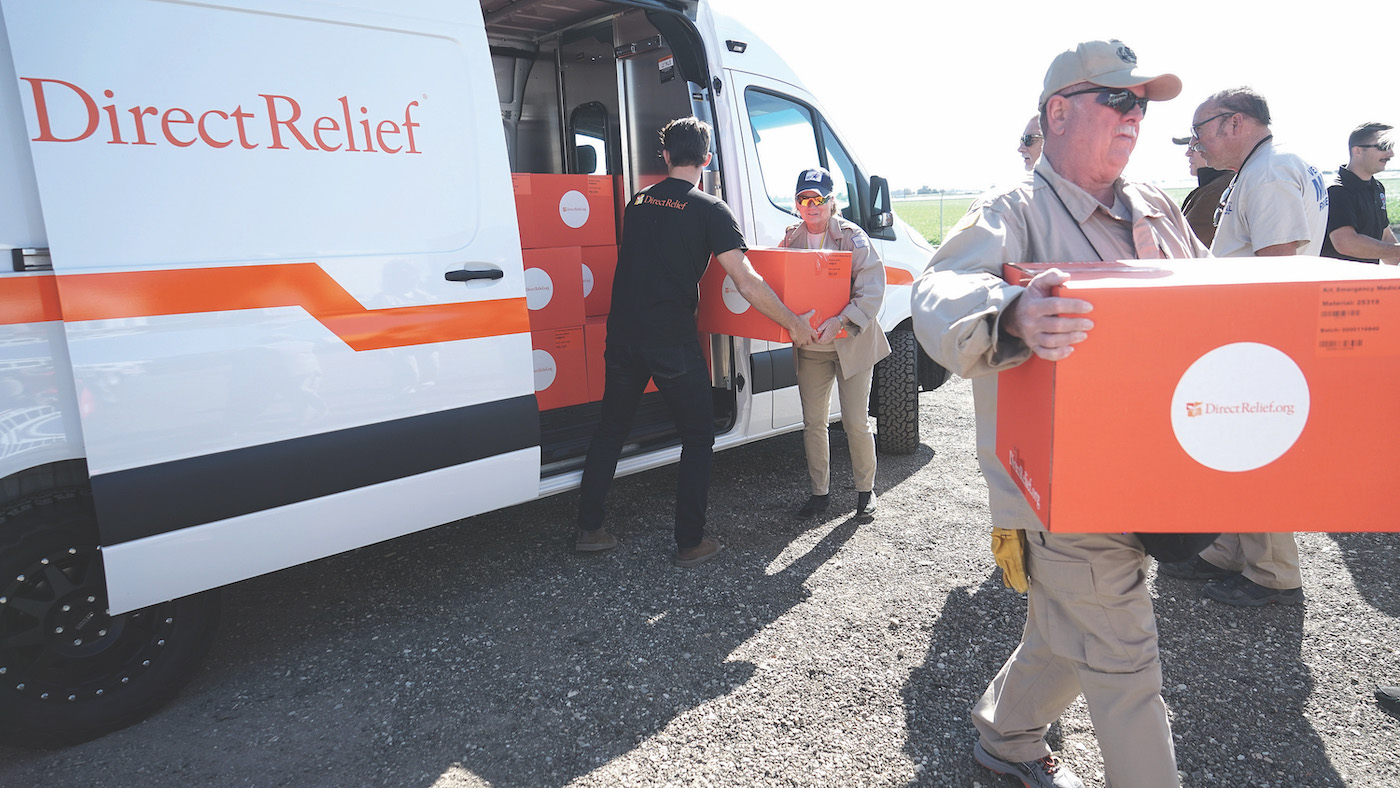
Hurricane Katrina was a major turning point in the history of Direct Relief. Until then, the Santa Barbara-based nonprofit that provides emergency medical assistance and disaster relief had primarily been responding to international crises. That changed with the 2005 hurricane that killed more than 1,800 people and wreaked $125 billion in damage to New Orleans and the surrounding region. Since then, natural disasters have struck the United States with increasing frequency. So much so that in 2010, Direct Relief removed “international” from its name.
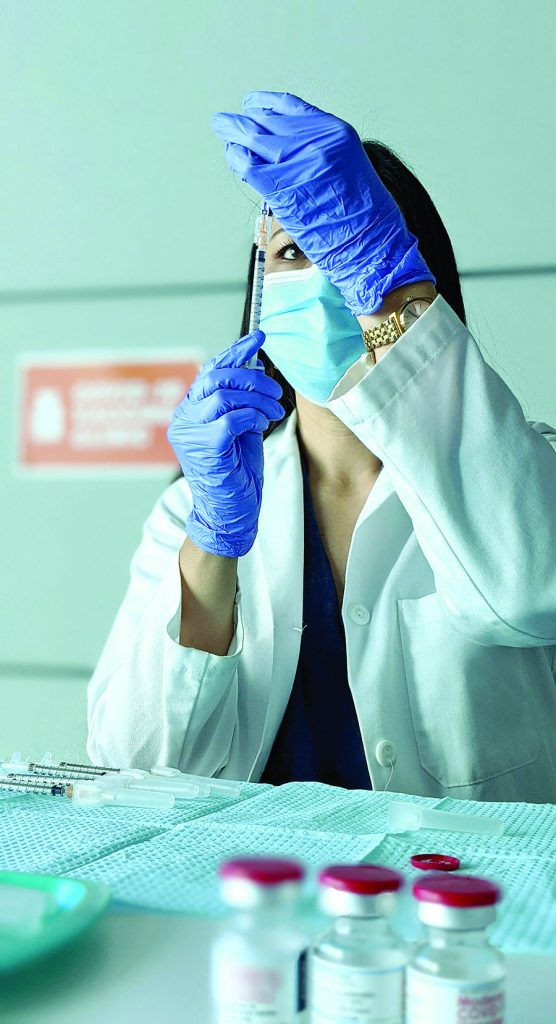
“It no longer made sense to be called Direct Relief International because the country that we were supporting the most was the United States,” says Vice President of Communications Tony Morain. “And that’s still true, even more so today.”
Sixteen years since Katrina, Direct Relief is now one of America’s most recognized charities for efficiency and effectiveness, having provided more than $8 billion of medical aid around the world. Charity Navigator routinely gives the organization a 4-star rating and a top ranking on its list of “Best Charities Everyone’s Heard Of.”
Direct Relief’s commitment to responding to far-flung crises remains core to its mission (it deployed staff and supplies within minutes of the August 2021 earthquake in Haiti). But the natural disasters the organization confronts today aren’t just across the country, they’re even across the street, with more frequent and ferocious wildfires ravaging California and storms becoming more intense and more destructive.
Over time, Direct Relief has become an organization that anticipates emergencies as much as it responds to them. Throughout the U.S. and the Caribbean, it has outfitted several medical clinics with backup batteries and refrigeration to ensure they have power and useable medical supplies when crises hit.
“We recognize that climate change is testing a lot of the infrastructure that we’ve relied on to do what we do,” Morain says.
Direct Relief has also evolved into a grantmaking organization, whether it’s solar panels or emergency equipment that could save lives. In the last two years, it helped the Santa Barbara County Fire Department raise $1.5 million to upgrade and convert a Blackhawk helicopter into a firefighting aircraft. Once commissioned, the new “Firehawk” will be able to fly at night and at high winds and drop water on any wildfire.
“We’re keenly listening to our partners and organizations to understand what the needs are to improve the health and lives of people,” says Vice President of Partnerships and Philanthropy Heather Bennett.
Direct Relief
Donate now!
directrelief.org
Vice President, Partnerships and Philanthropy: Dean Axelrod
(805) 879-4932
Mission
Direct Relief is a humanitarian aid organization, active in all 50 states and more than 80 countries, with a mission to improve the health and lives of people affected by poverty or emergencies – without regard to politics, religion, or ability to pay.
Begin to Build a Relationship
We know you care about where your money goes and how it is used. Connect with this organization’s leadership in order to begin to build this important relationship. Your email will be sent directly to this organization’s director of development and/or Executive Director.
When Cholera hit Somaliland, many patients were unable to access early interventions and rehydration treatments due to lack of resources and transportation. Without Direct Relief’s Cholera Kit, particularly IV fluids and oral rehydration salts, 50% of our patients could have died. Direct Relief’s timely response gave us the tools and encouragement we needed to fight the outbreak.
Maximizing Your Impact: How Direct Relief Stretches Every Dollar
Direct Relief ensures 100% of every donation goes directly to delivering aid, honoring donor intent with full transparency. By leveraging billions in in-kind medical donations, the organization amplifies each dollar’s impact, delivering more aid than cash alone could achieve.
“Donors appreciate that their money is used efficiently to deliver aid where it’s needed most,” says Dean Axelrod, VP of Partnerships in Philanthropy.
Direct Relief’s commitment to accountability and transparency builds trust, giving donors confidence that their contributions directly support critical programs and those in need.
Adds Dean Axelrod, VP of Partnerships in Philanthropy: “The dream is to never have to say no.”
Key Supporters
Emma Carrasco
Adam Cooper and Melissa Fleisher
Mary M. Dwyer
Henrietta Holsman Fore and Richard Fore
Heitham Hassoun
Mark and Kim Linehan
Jay McGonigle
Harry and Jacqueline McMahon
Annalisa Pizzarello
and Robert Conway
Marla Salmon
Mark and Lynda Schwartz
Perry Siatis
Laurie Siegel and Joseph Nosofsky
Tom Strickland
Thomas and Heather Sturgess
Elizabeth A. Toro and Mark Hauser
